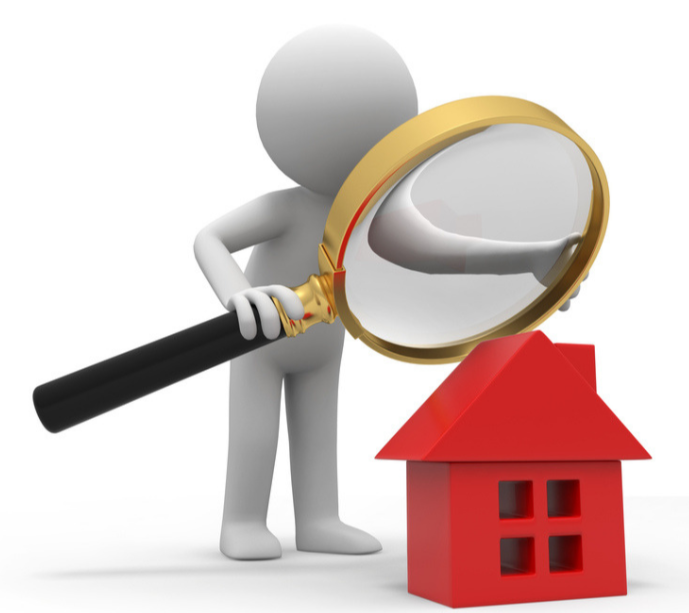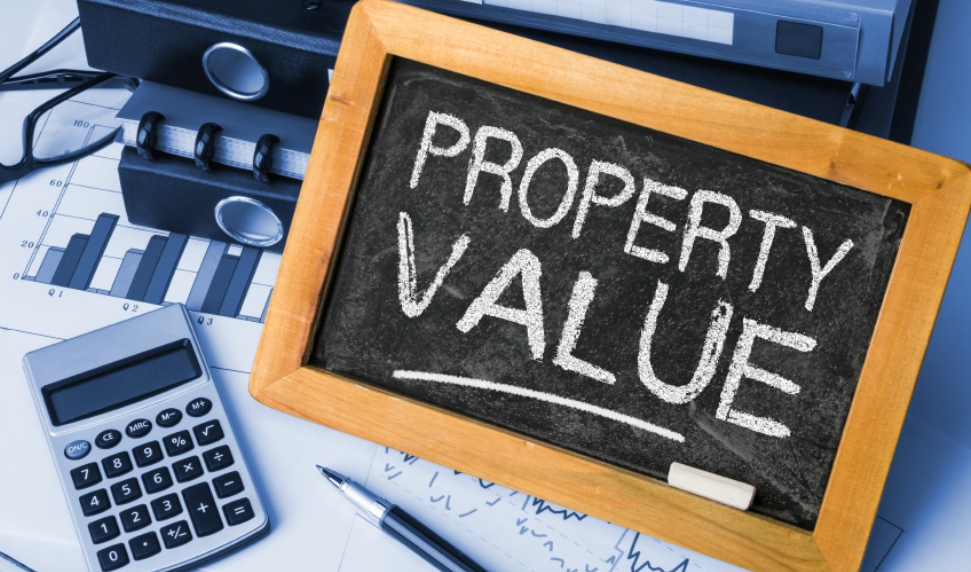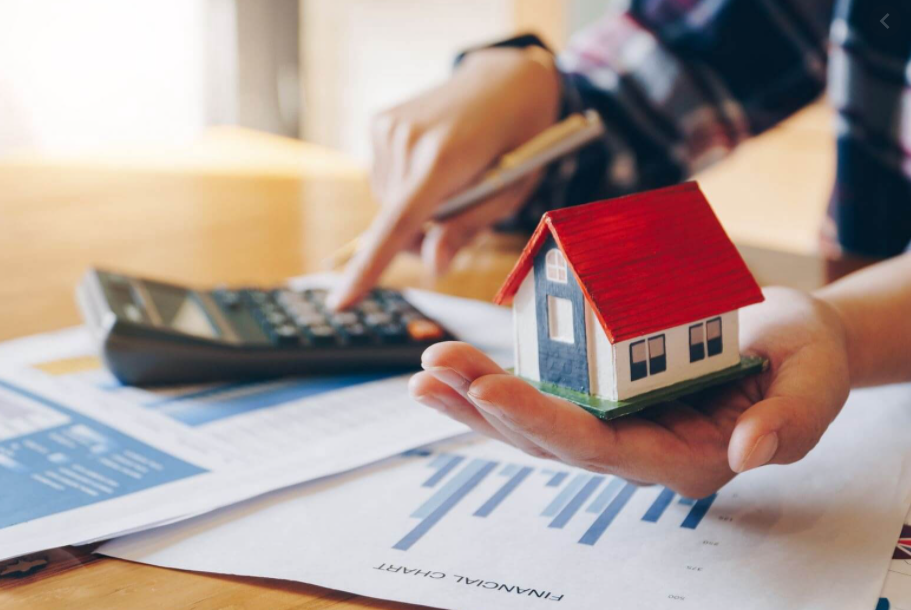How to Deal with Market Uncertainty

Written By Maria Maximova – Senior Officer- Business Analysis – Qetaifan Projects
Without doubt, the COVID 19 pandemic has affected the real estate market! However, even in uncertain times there are opportunities that can be realised, including the right time to sell. This is exactly what we have been able to do at Qetaifan Projects.
How do we define the right time, the right place, and, most importantly, the right price at which to sell? Note: the sales of our villa plots exceeded QAR 1 billion within 12 months due to our foresight in valuing our real estate assets correctly. How did we do this?
First, let me define what real estate valuation is all about!
Property Valuation
 Valuation is an opinion of the value of an asset or liability on a stated basis, at a specified date at which it should be exchanged between the parties who are willing participants in an arm’s length transaction, after proper marketing and where the parties had each acted knowledgeably, prudently and without compulsion. This will be provided after an inspection and any further investigation and inquiries that are appropriate, having regard to the nature of the asset and purpose of the valuation.
Valuation is an opinion of the value of an asset or liability on a stated basis, at a specified date at which it should be exchanged between the parties who are willing participants in an arm’s length transaction, after proper marketing and where the parties had each acted knowledgeably, prudently and without compulsion. This will be provided after an inspection and any further investigation and inquiries that are appropriate, having regard to the nature of the asset and purpose of the valuation.
For real estate valuation, these points are to being considered just to name a few:
- location
- property characteristics
- dimensions
- construction
- age
- use(s)
- nature of accommodation
- installations
- amenities and services
- repair and condition
- natural hazards
There is a wide range of purposes and reasons why owners/investors would require having a property be valued. While intuitively one would think of value when selling/buying an asset/liability, in reality, the professional valuers mostly deal with the following purposes:
- Inclusion in financial statements.
- a valuation can provide lenders with an answer to whether the property can serve as a security for a loan.
More complex selling/buying purposes could include an IPO, mergers & acquisitions, etc. For a valuer, it is important to understand the purpose to establish the possible liability exposure.
Commonly Used Approaches
 The Market Approach (Comparable) is the most reliable method, especially for residential property. It is based on comparing the asset of interest with identical or similar assets (or liabilities) for which sales information is available, such as a comparison with market transactions in the same, or closely similar, type of asset (or liability) within an appropriate segment of the property market.
The Market Approach (Comparable) is the most reliable method, especially for residential property. It is based on comparing the asset of interest with identical or similar assets (or liabilities) for which sales information is available, such as a comparison with market transactions in the same, or closely similar, type of asset (or liability) within an appropriate segment of the property market.
As no two properties are the same, adjustments are to be made to account for dissimilarities, these critical elements affect the value of the asset. This approach assesses the value based on the availability of data in the market.
The Income Approach (Investment) provides an indication of value by converting future cash flow to a single present value. Under the income approach, the value of an asset is determined by reference to the income that an asset is likely to generate over its remaining useful life or a specified period. This estimation is determined by reference to forecast.
The Cost Approach indicates the value of an asset by the cost to create or replace the asset with another similar one, on the premise that a purchaser would not pay more for an asset than the cost to obtain one of equal usefulness.
Bottom Line:
At a time of volatility, property owners choose to value their assets more frequently to understand the impact on their values. As a result, many valuers have had the record year in terms of volume of business.
Sources:
- RICS Valuation – Global Standards (The Red Book), January 31, 2020
- Foundation in Valuation Methodology Course by RICS
